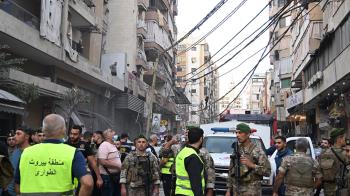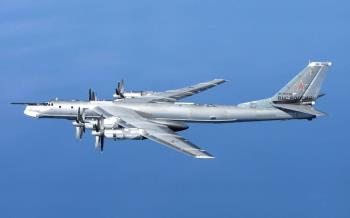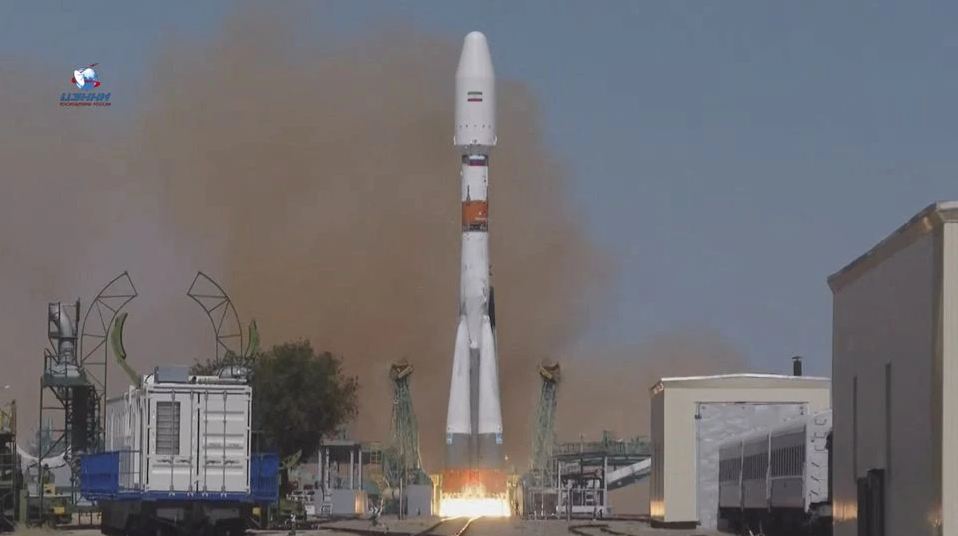Alwaght- Iran launched its latest satellite into orbit from Russian-operated Baikonur cosmodrome in Kazakhstan marking strategic aerospace cooperation between Tehran and Moscow.
The satellite, dubbed Khayyam, was sent into orbit on Tuesday by Soyuz-2.1b rocket, equipped with a Fregat upper stage, from the Baikonur Cosmodrome in neighboring Kazakhstan.
Imagery from Khayyam will be used to monitor Iran’s borders and improve the country’s capabilities in management and planning in the fields of agriculture, natural resources, environment, mining, and natural disasters.
In a Sunday statement, the Iranian Space Agency (ISA) rejected recent reports that claimed Moscow might maintain control of the satellite temporality to use it in the ongoing Russia-Ukraine conflict.
The ISA statement dispelled the unfounded suspicions and said that the Khayyam satellite will be fully controlled by Iranian experts and technicians based inside Iran from the very beginning of its launch.
It added that it is impossible for any countries or entities to access to the satellite other than Iran because it is equipped with encrypted algorithms designed by ISA’s researchers.
The statement came after a Thursday report on the website of the American newspaper the Washington Post alleging the Iranian satellite is supposed to aid Russia’s own war effort in Ukraine.
The report, citing an unnamed Western security official, claimed that the satellite is aimed to enhance Russia’s “surveillance of military targets” in the Ukraine conflict.
Iran has taken giant strides in the field of science of technology in recent years, despite crippling US sanctions, which is evident from its satellite launches.
Earlier this year, Iran’s Islamic Revolution Guards Corps (IRGC) Aerospace Force launched its second homegrown satellite into a low Earth orbit (LEO), nearly two years after the launch of its first military satellite.
The IRGC successfully put Nour-2 (Light-2) into orbit on March 8. The homegrown satellite was launched with a three-stage satellite carrier, dubbed Qased (Messenger), from a launchpad in Dasht-e Kavir, a large desert in central Iran.



























